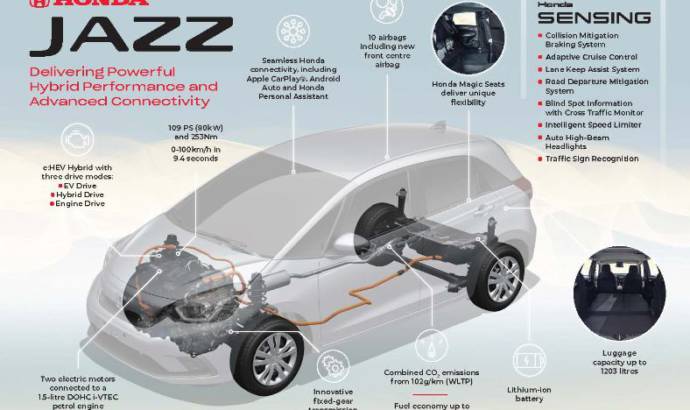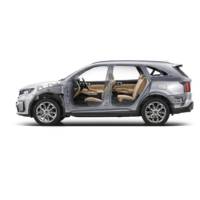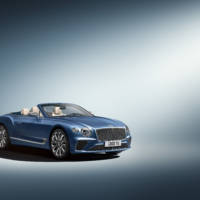Honda is introducing the new generation Jazz in an effort to catch up the true best sellers of the segment: the new Renault Clio and the new Peugeot 208.
For the first time, the Jazz will be sold exclusively across Europe with an advanced hybrid powertrain. Carrying Honda’s new e:HEV badge, the e:HEV system is newly developed for Jazz and engineered to deliver an enjoyable driving experience. It comprises two compact, powerful electric motors connected to a 1.5-litre DOHC i-VTEC petrol engine, a lithium-ion battery and an innovative fixed-gear transmission via an intelligent power control unit, which all work harmoniously together to provide a smooth and direct response.
The total output of 109 PS can propel the car to 62mph in 9.4 seconds and on to a maximum speed of 108mph. The effect is an effortless and comfortable journey, whether travelling through urban areas or cruising at high speed on motorways. Its fuel-efficient hybrid system produces CO2 emissions from 102 g/km (WLTP) and fuel economy of 62.8 mpg (WLTP) on the standard model and 110 g/km (WLTP) and 58.9mpg (WLTP) on the Crosstar.
The e:HEV hybrid set-up selects from three interchangeable drive modes:
– EV Drive: the lithium-ion battery supplies power to the electric propulsion motor directly
– Hybrid Drive: the engine supplies power to the electric generator motor, which in turn supplies it to the electric propulsion motor
– Engine Drive: the petrol engine is connected directly to the wheels via a lock-up clutch
In most urban driving situations, optimum efficiency is achieved through seamless transitions between EV Drive and Hybrid Drive. For driving at highway speeds, Engine Drive is used, supplemented by an on-demand peak power ‘boost’ from the electric propulsion motor for fast acceleration.
In Hybrid Drive, excess power from the petrol engine can also be diverted to recharge the battery via the generator motor. EV is also engaged when the car is decelerating, harvesting energy through regenerative braking to recharge the battery.
Switching between the three driving modes is unnoticeable to occupants; Jazz engineers dedicated significant efforts to minimising lag during transitions. The high-speed electric motors have been developed in-house by Honda to be as lightweight, compact, efficient and power-dense as possible, the electric propulsion motor spinning at up to 13,300 rpm to generate a high torque of up to 253 Nm for substantial low-speed acceleration.
The luggage capacity (with rear seats up) starts from 298 litres and goes up to an impressive 1203 litres (rear seats down, to the roof). They achieved this through the clever packaging of hybrid drivetrain components into the chassis and within the engine bay.
The simple-to-use LCD touchscreen interface is designed to minimise driver distraction; operation time for the most regularly-used controls is reduced by 58% compared with the previous model, providing a safer and more ergonomic experience.
Connected infotainment services are accessed via the touchscreen or are voice activated, including weather, parking locations, music, navigation, location finding, and telephone services. The comprehensive suite of in-built apps can be supplemented by smartphone mirroring, via built-in Android Auto and Apple CarPlay, available via wireless connection or by using a USB cable. WiFi Hotspot is also available on the all-new Jazz for the first time.



